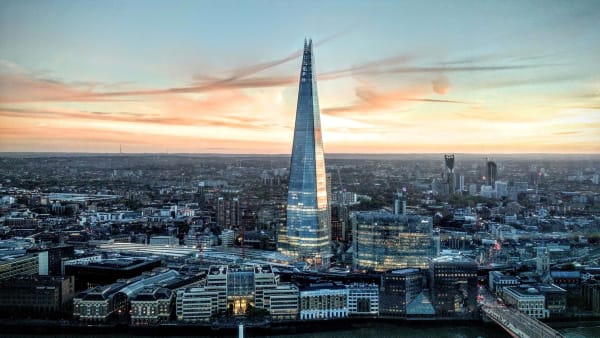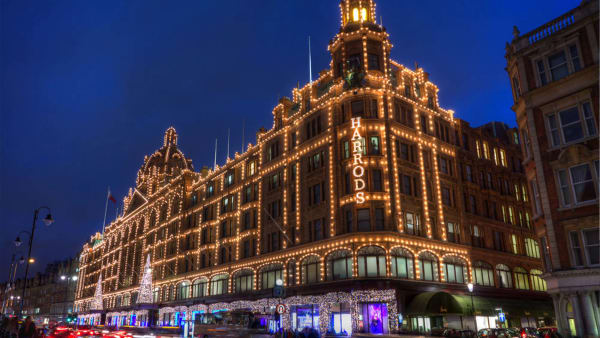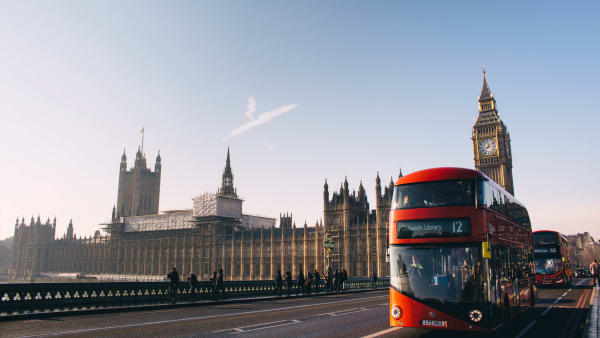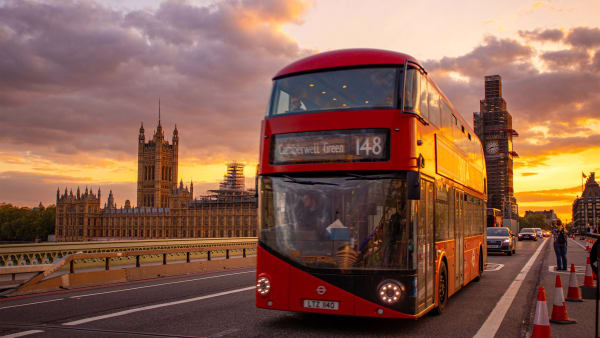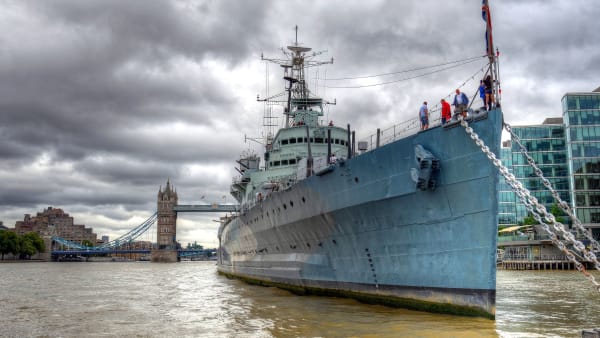Greenwich Observatory
Home of the Prime Meridian and Time Zone 0, the Royal Observatory, Greenwich is one of the world’s most famous observatories
Greenwich Observatory
Home of the Prime Meridian and Time Zone 0, the Royal Observatory, Greenwich is one of the world’s most famous observatories
The Royal Greenwich Observatory - whose name is officially Royal Observatory, Greenwich, or ROG - is the observatory through which the Prime Meridian passes, making Greenwich the centre of world time.
Although in its beginnings the observatory was set up for its scientific functions in regards to astronomy and navigation, nowadays the site is maintained almost exclusively as a museum. Nonetheless, the AMAT telescope (Annie Maunder Astrographic Telescope) is an impressive piece of equipment that makes the centre operational for astronomical research.
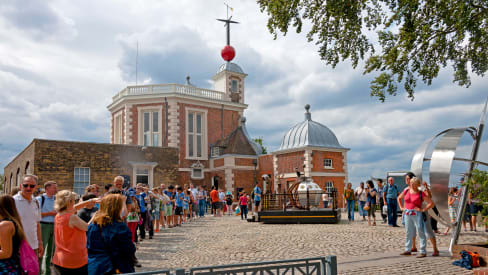
The Royal Observatory was founded in 1675 by King Charles II. Over time, it incorporated various responsibilities, such as determining longitude at sea, disseminating time, making meteorological and magnetic observations, astrophotography, and spectroscopy.
The Greenwich prime meridian - the geographical reference line used for cartography and timekeeping purposes - was established here in 1851. The Greenwich Mean Time - or GMT, today still used to refer to the time UTC+00:00 - was legally adopted in Great Britain in 1880.
From 1957 to 1998, the observatory was briefly moved out of Greenwich. During this time, the Greenwich site was renamed the Old Royal Observatory. Nowadays, the Greenwich museums - which include the Royal Observatory, the National Maritime Museum, the Queen’s House, and the Cutty Sark - form the collective Royal Museums Greenwich.
The main tourist attraction among the Greenwich Royal Museums is of course the Prime Meridian line that passes through the Observatory grounds, marking Longitude 0 and splitting the world into east and west.
At the Royal Greenwich Observatory, you can also find an impressive clock collection, including the two Tompion clocks and a set of Public Standards of Length, which show the exact imperial measurement units. At 1:00 pm every day, you can also see the drop of the Time Ball at Flamsteed House, one of the earliest public time signalling methods used by mariners, railways, and clockmakers.
Location
Blackheath Ave, Greenwich Park, Royal Borough of Greenwich, London SE10 8XJ.
The Greenwich Observatory is southeast of Central London, so it isn’t as close to other landmarks as other popular sights in the city. It is located in the middle of Greenwich Park, just south of the River Thames’ bend around Isle of Dogs.
Even though the Observatory is between London’s travel zones 2 and 3, there are still a couple of sites of interest nearby. They are all part of the Royal Museums Greenwich: the National Maritime Museum, the Queen’s House, and Cutty Sark, all north of the Royal Observatory.
Tickets and price
The Royal Greenwich Observatory recommend buying timed entries to all of its visitors. You can get your tickets directly on the Greenwich Observatory website .
Regular entry tickets do not include the Planetarium Show, which must be booked separately. Prices and schedules vary from one show to another, but you can consult all shows on the Greenwich Observatory website and book your tickets from there .
Remember that the Royal Greenwich Observatory is also included in the London Pass and it is often also among the 2FOR1 offers. The first will grant you free entry to the observatory and the second will give you two tickets for the price of one.
| Adult |
|---|
| £18.00 |
| Adult | Students & young visitors (16-24) | Child (4-15) |
|---|---|---|
| £18.00 | £12.00 | £9.00 |
Children under 4 years of age enter the Royal Greenwich Observatory for free.
Schedule
The Royal Greenwich Observatory is open every day between 10:00 am and 5:00 pm. Visitors are allowed to enter until 45 minutes before closure.
| Day |
|---|
| Mon-Sun |
| Day | Opening time | Last admission | Closure |
|---|---|---|---|
| Mon-Sun | 10:00 am | 4:15 pm | 5:00 pm |
Transport
To reach the Greenwich Observatory you have three public transport options. You can take the DLR and get off at Greenwich (a stop less than 10 minutes away from the Observatory) or take the bus. Lines 53, 129, 177, 199, and 386 will all leave you along Greenwich Park’s edges, so you can take any of those to easily reach the observatory.
Alternatively, you can also take National Rail trains. Lines Thameslink and Southeastern will both leave you at Greenwich Station or Maze Hill, just northeast of Greenwich Park.
You can find a summary of the public transport options in the table below.
| Method |
|---|
| Lines |
| Stops |
| Method | Underground | Bus | National Rail Trains |
|---|---|---|---|
| Lines | DLR | 53, 129, 177, 199, and 386 | Thameslink, Southeastern |
| Stops | Greenwich | - | Maze Hill |
Obviously, you can also get a cab to the Royal Greenwich Observatory, but keep in mind that taxi fares tend to be quite expensive in London.
Nearby sights
National Maritime Museum - 600 m (0.4 miles) north, 9-minute walk.
Queen’s House - 650 m (0.4 miles) north, 9-minute walk.
Cutty Sark - 1 km (0.6 miles) north, 15-minute walk.
Old Royal Naval College - 1 km (0.6 miles) north, 15-minute walk.









